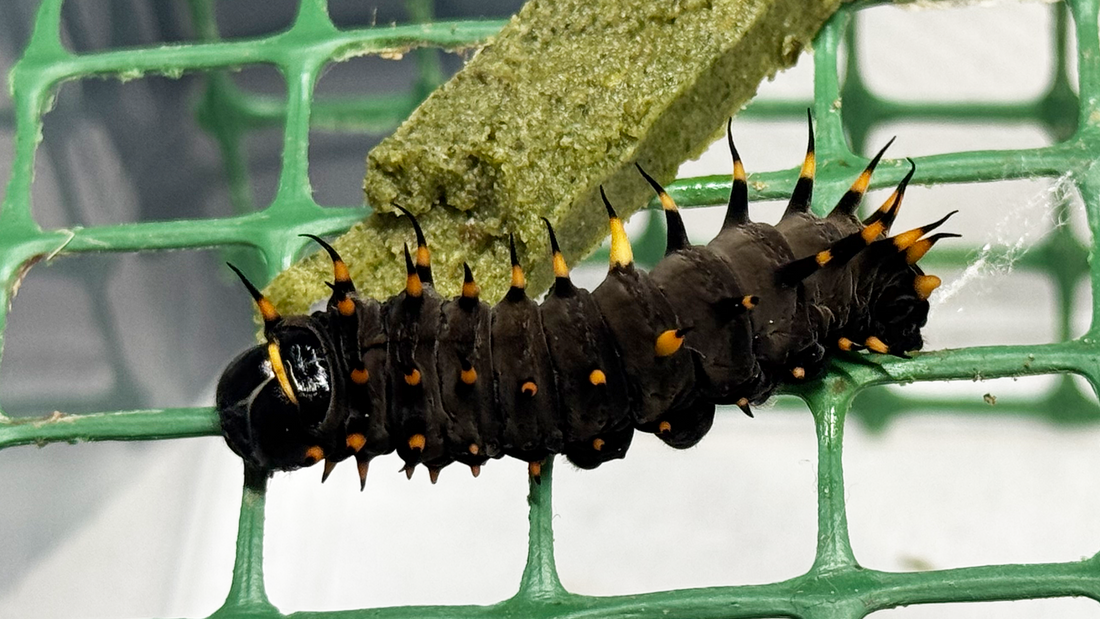
Troubleshooting Common Issues in Larvae Rearing
If you've ever watched a freshly hatched caterpillar dig into its first meal, you know how exciting Lepidoptera breeding can be. But let’s face it sometimes things don’t go as planned. Mold shows up, caterpillars stop eating, or they wander aimlessly like tiny explorers lost in the wild.
Don't worry. These issues are common—and fixable. Whether you're a beginner or a seasoned breeder, this guide will walk you through the most frequent problems and how to turn things around quickly.
Larvae Refuse to Eat the Diet
If your larvae are ignoring the artificial diet, it may be due to:
Diet freshness: Ensure the diet hasn’t dried out, molded, or lost scent.
Texture or moisture issues: Make sure the diet is cooked properly.
Species mismatch: Confirm that the diet you're using matches the nutritional needs of the specific species.
Solution: Offer a freshly prepared portion, double check diet compatibility.
Mold Appears in Containers or on the Diet
Mold is a common issue, especially in warm or humid environments.
Common causes:
Insufficient air circulation
High humidity
Non-sterile tools or containers
Solution:
Clean all tools and rearing containers with alcohol before use. Use breathable lids or mesh to improve airflow. Consider reducing humidity slightly if possible. Refrigerate unused diet portions.
Larvae Wander Excessively
While some movement is natural, excessive wandering might indicate:
Unsuitable diet
Incorrect enclosure conditions (light, temperature, humidity)
Stress or overcrowding
Solution:
Try offering a fresh batch of food or check environmental settings. Make sure there’s enough space for each larva to feed and grow comfortably.
Caterpillars Die Suddenly
Sudden mortality can result from:
Contaminated surfaces or food
Bacterial or fungal infections
Temperature stress
Solution:
Sterilize everything that comes into contact with larvae. Avoid overcrowding and monitor environmental conditions. Remove waste and uneaten food daily to prevent bacterial buildup.
